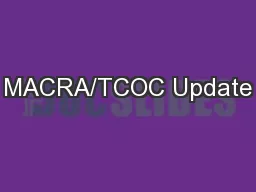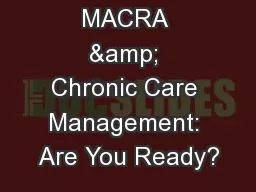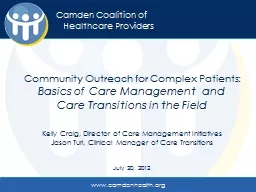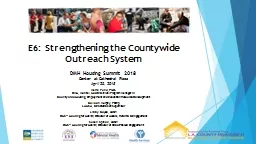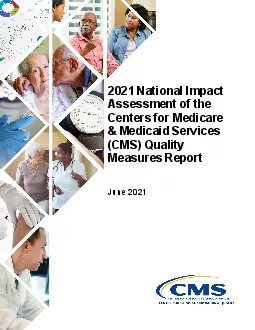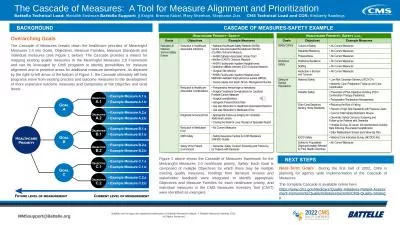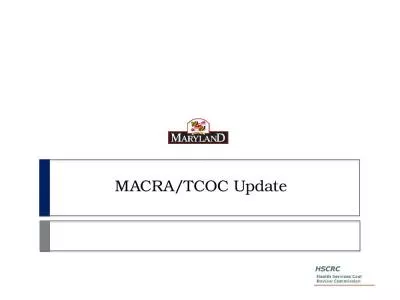PPT-MACRA Info Session #3 CMS Measure Development Education & Outreach
Author : smith | Published Date : 2024-01-29
Building a Business Case Presenters Brenna Rabel Battelle Matt Humphrey RELI January 23 2019 200300pm EST Vision and Goals MACRA Info Sessions CMS Measure Development
Presentation Embed Code
Download Presentation
Download Presentation The PPT/PDF document "MACRA Info Session #3 CMS Measure Develo..." is the property of its rightful owner. Permission is granted to download and print the materials on this website for personal, non-commercial use only, and to display it on your personal computer provided you do not modify the materials and that you retain all copyright notices contained in the materials. By downloading content from our website, you accept the terms of this agreement.
MACRA Info Session #3 CMS Measure Development Education & Outreach: Transcript
Download Rules Of Document
"MACRA Info Session #3 CMS Measure Development Education & Outreach"The content belongs to its owner. You may download and print it for personal use, without modification, and keep all copyright notices. By downloading, you agree to these terms.
Related Documents



